Abstract
Purpose:
Materials and Methods:
Results:
Conclusion:
REFERENCES
Figure 1.
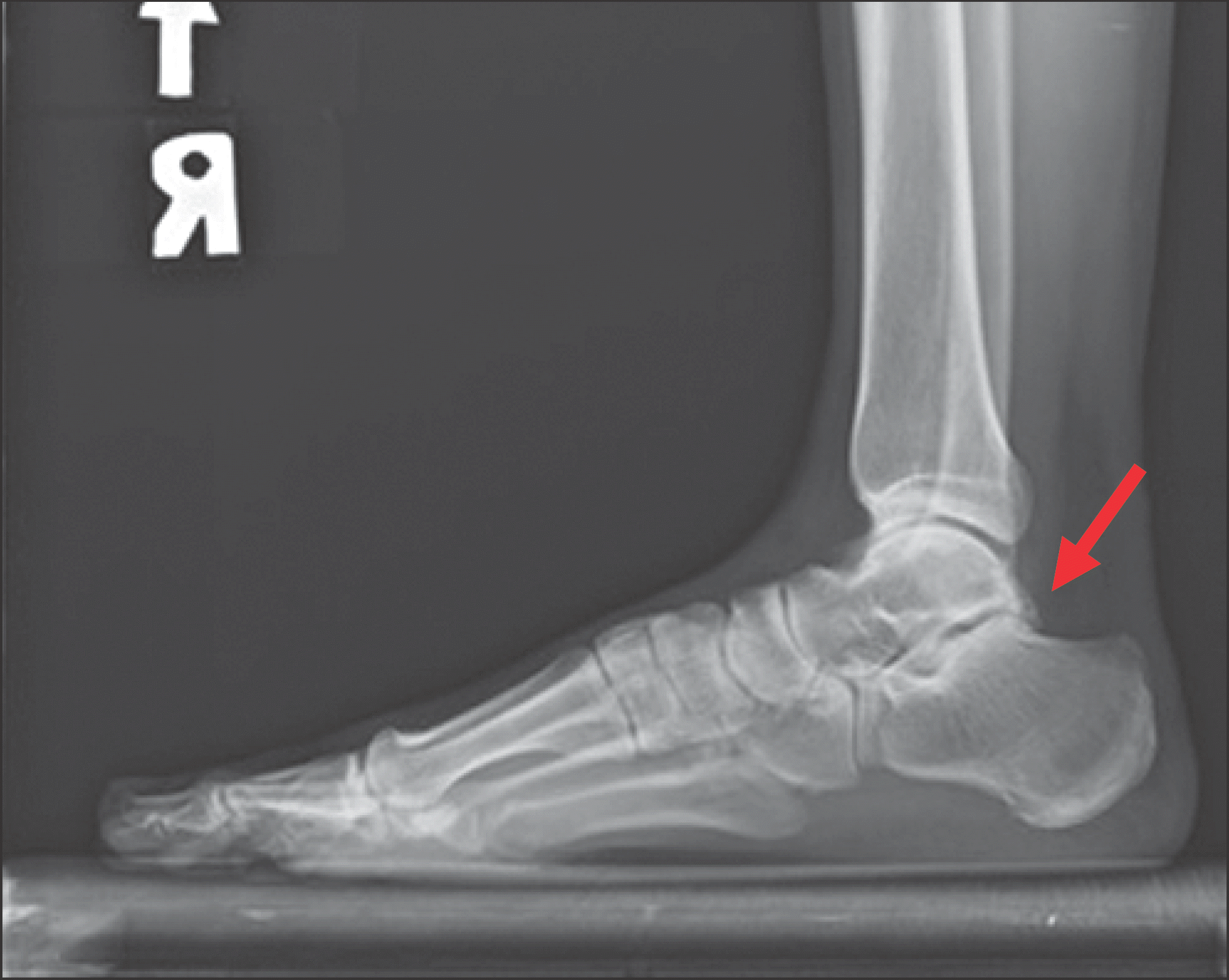
Figure 2.
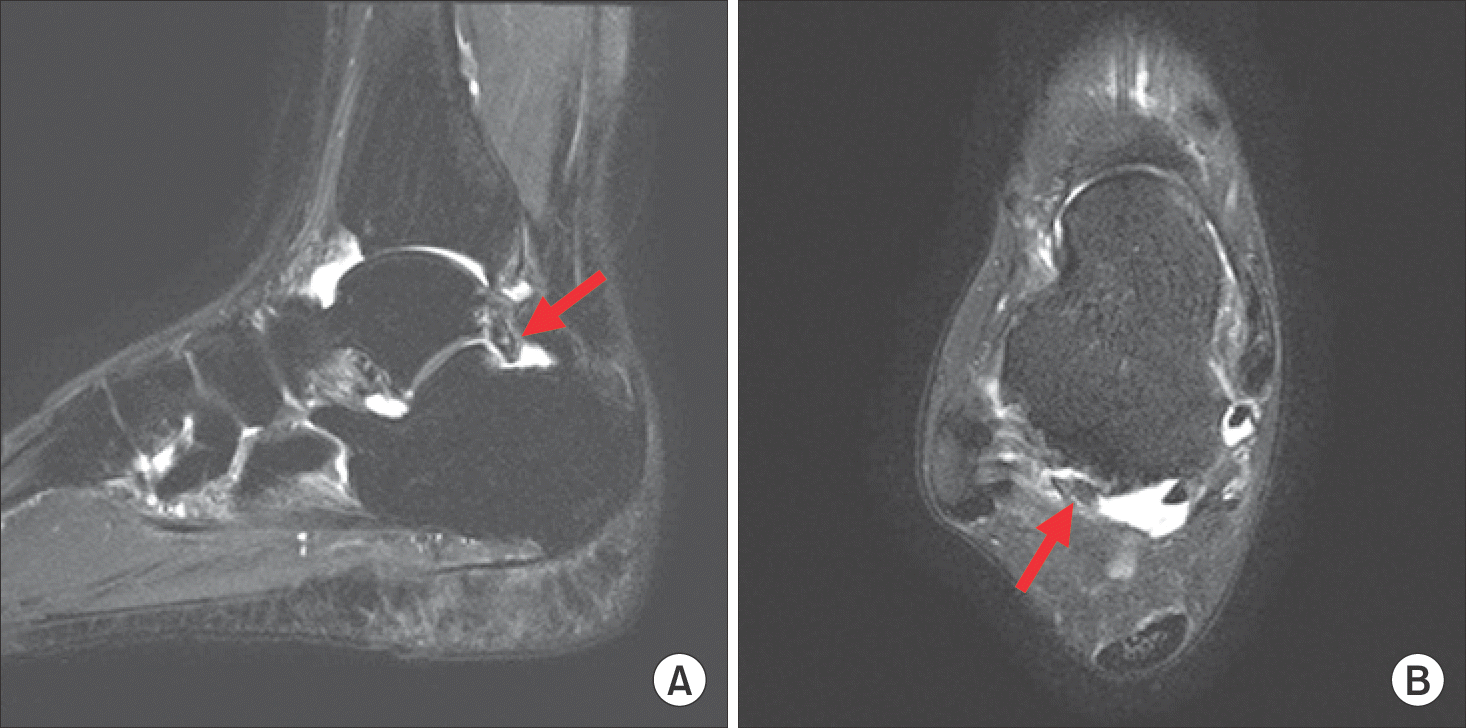
Figure 3.
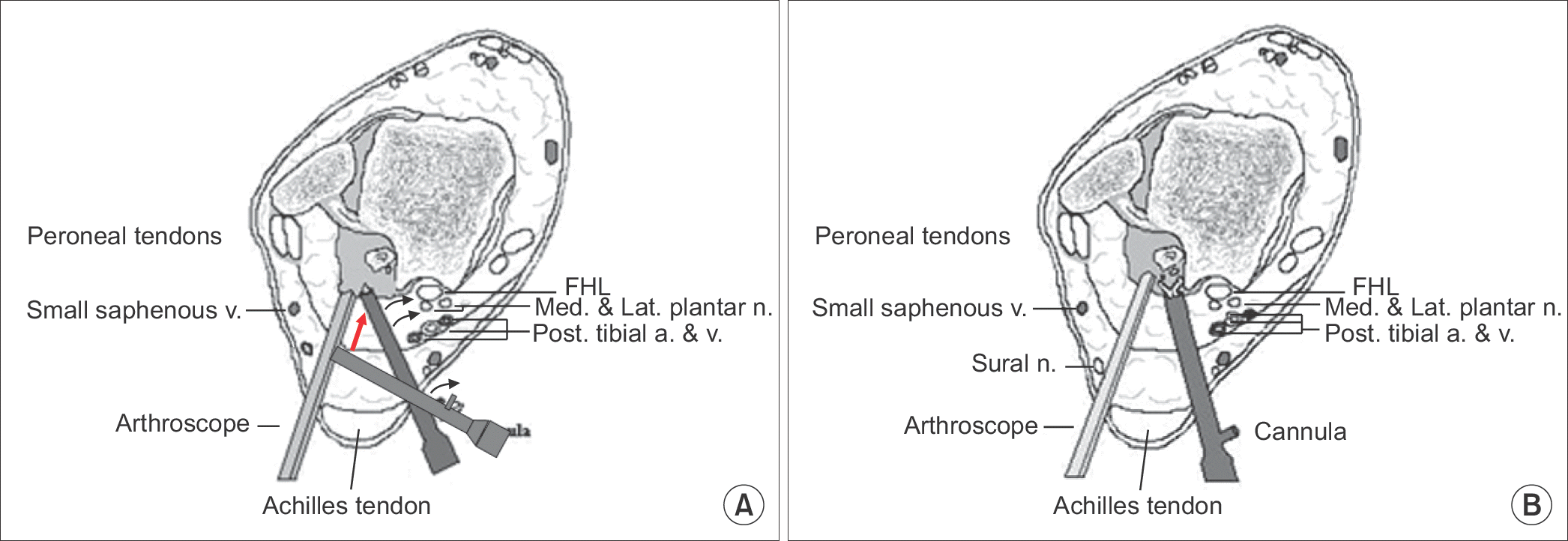
Figure 4.
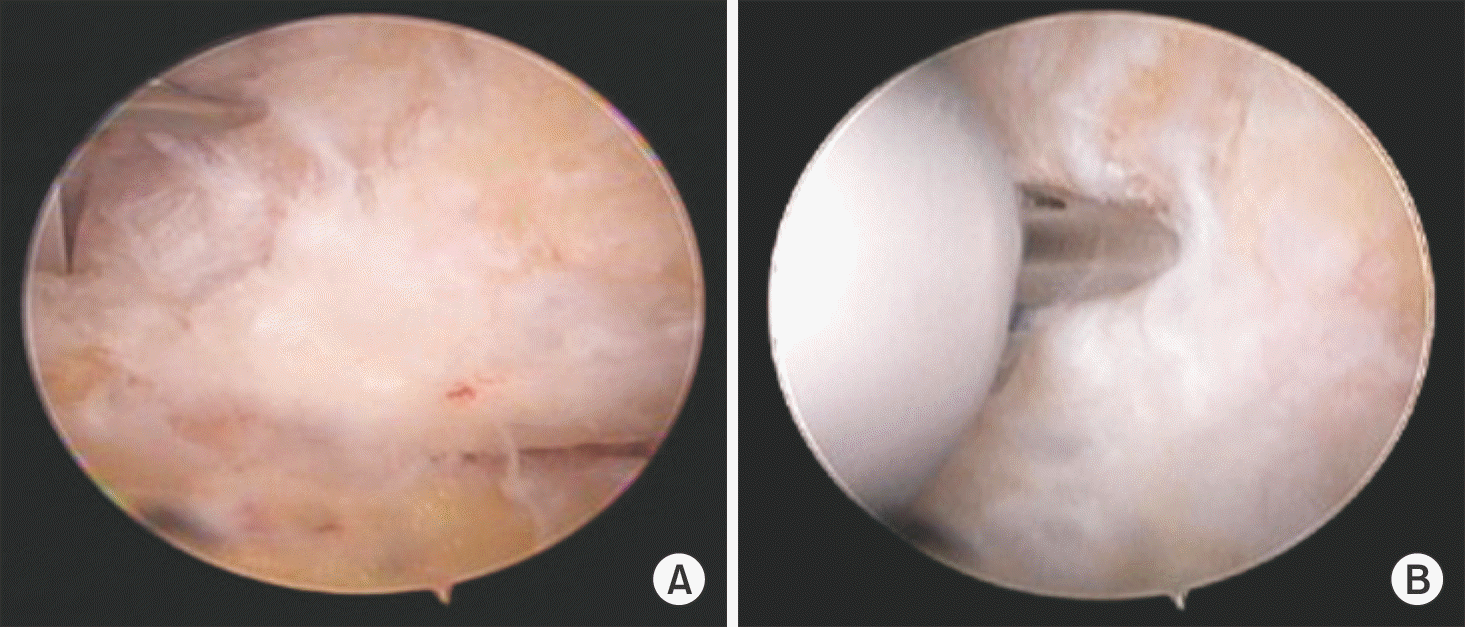
Table 1.
| Group A (n=25) | Group B (n=27) | p-value | |
|---|---|---|---|
| Age (yr) | 23.8±10.5 (15∼45) | 33.8±14.4 (17∼56) | 0.0502* |
| Sex (M:F) | 14:11 | 16:11 | 0.8139† |
| Baseline AOFAS score | 61±9 | 60±9 | 0.3435* |
| Follow-up period (mo) | 38.5±19.3 (24∼84) | 27.7±5.9 (24∼42) | 0.0283* |
Values are presented as mean±standard deviation (range), number only, or mean±standard deviation.
Group A was treated according to van Dijk et al.’s standard two-portal method,6) and group B was treated by a modification of the same method, using a protection cannula.
M: male, F: female, AOFAS: American Orthopaedic Foot and Ankle Society. *Mann-Whitney U-test.
Table 2.
| Preoperative period | Postoperative period | p-value | |
|---|---|---|---|
| AOFAS in group A (n=25) | 61±9 | 96±5 | <0.0000* |
| AOFAS in group B (n=27) | 60±9 | 94±5 | <0.0000* |
Values are presented as mean±standard deviation.
Group A was treated according to van Dijk et al.’s standard two-portal 6) method,6) and group B was treated by a modification of the same method, using a protection cannula.
AOFAS: American Orthopaedic Foot and Ankle Society. *Wilcoxon signed rank test.
Table 3.
| Group A (n=25) | Group B (n=27) | p-value |
|---|---|---|
| Time (mo) 10.9±2.1 (8.3∼15.3) | 11.3±3.3 (7.5∼18.5) | ) 0.8397* |




 PDF
PDF ePub
ePub Citation
Citation Print
Print


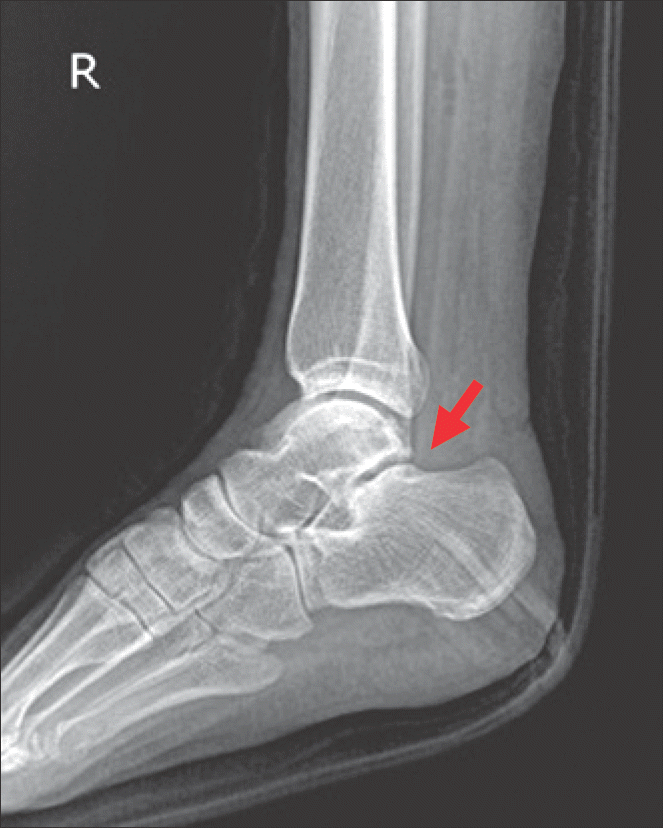
 XML Download
XML Download